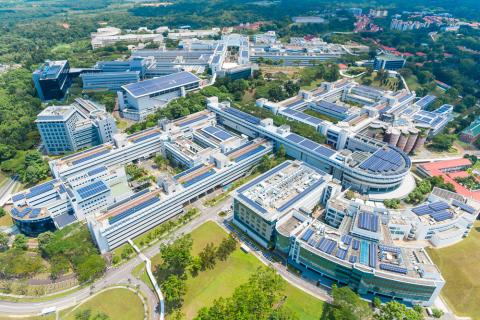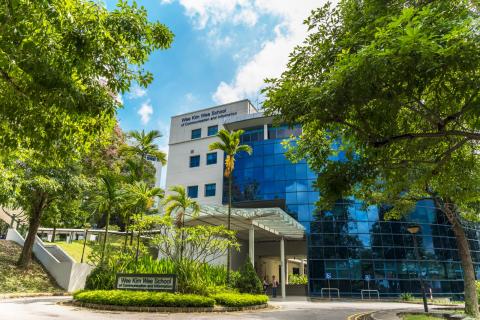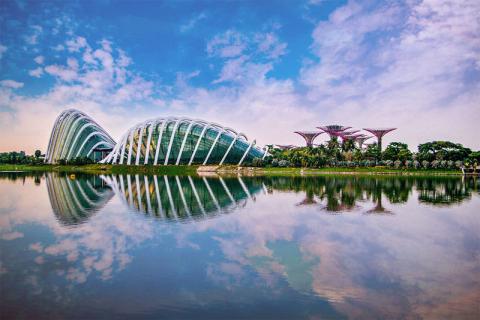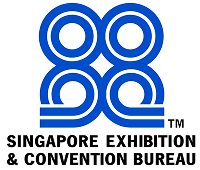Nanyang Technological University

Inaugurated on 1 July 1991, Nanyang Technological University (NTU) started out as a teaching university which has today transformed into a research-intensive global university.
As one of the two largest public universities in Singapore, NTU is among the world’s top 20 universities according to the QS 2023 World University Rankings. NTU has built its strengths in sustainability over the years through a wide range of efforts in education, research and innovation.
In 2023, NTU won the Whole Systems Approach Excellence Award conferred by the International Sustainable Campus Network (ISCN) as well as the EuroCham Sustainability Award 2023 in the Environmental, social and governance (ESG) Investments category. These awards recognise the university’s sustainable practices in the areas of research, education, community engagement, and infrastructure developments.
Wee Kim Wee School of Communication and Information

Established in 1992, the Wee Kim Wee School of Communication and Information (WKWSCI) is a school within NTU. WKWSCI is the only full-fledged communication school in Singapore and a world-class centre of excellence with an international faculty, state-of-the-art research laboratories, and global institutional affiliations. It is home to one of the world’s top four communication studies programs according to QS ranking 2024.
Twenty-four years ago, in 2000, WKWSCI also had the experience of hosting the annual conference of IAMCR. It will be a unique celebration as we host IAMCR again in 2025, marking a quarter century since we last welcomed the conference.
There are three research centres at WKWSCI: Centre for HEalthy and Sustainable citieS (CHESS), Centre for Information Integrity and the Internet (IN-Cube), and Asian Communication Research Centre (ACRC). Together we address environmental, health, and information issues through rigorous scholarship and public engagement.
Singapore

Once known as Temasek, Singapore is a dynamic city-state that blends rich cultural heritage with modern innovation. Revered as Singapura, or The Lion City in Malay, it is home to six million people from four major communities—Chinese, Malay, Indian, and Eurasian—each contributing unique perspectives through culture, religion, food, language, and history. As a historic port city, Singapore has long been a global hub for trade, with its strategic location shaping both its maritime legacy and multicultural identity, reflected in the many languages spoken and the vibrant festivals celebrated throughout the year.
Singapore’s architectural heritage offers a fascinating contrast of old and new, from the traditional shophouses that echo the city’s trading past to the modern marvels like Marina Bay Sands and Gardens by the Bay. With its stunning skyline, lush green spaces, and a harmonious mix of cultures, Singapore welcomes visitors to experience its unique blend of history, culture, and innovation.










